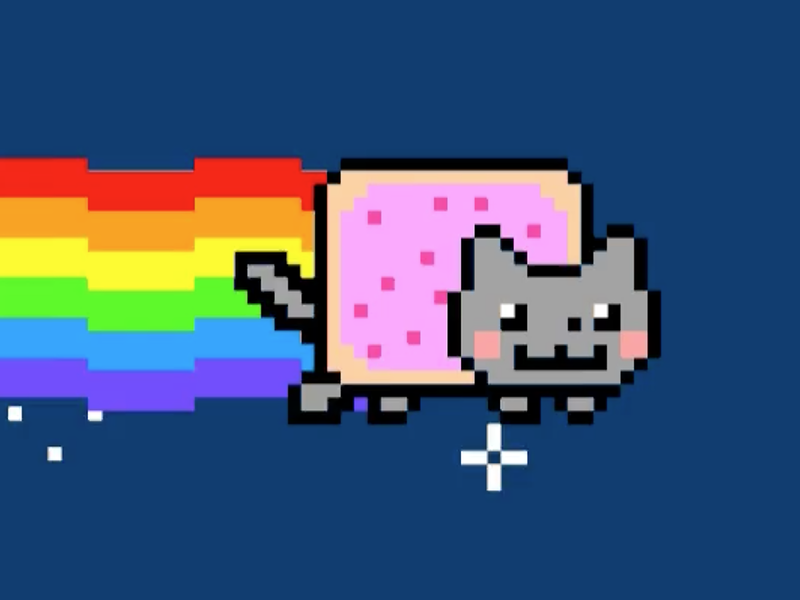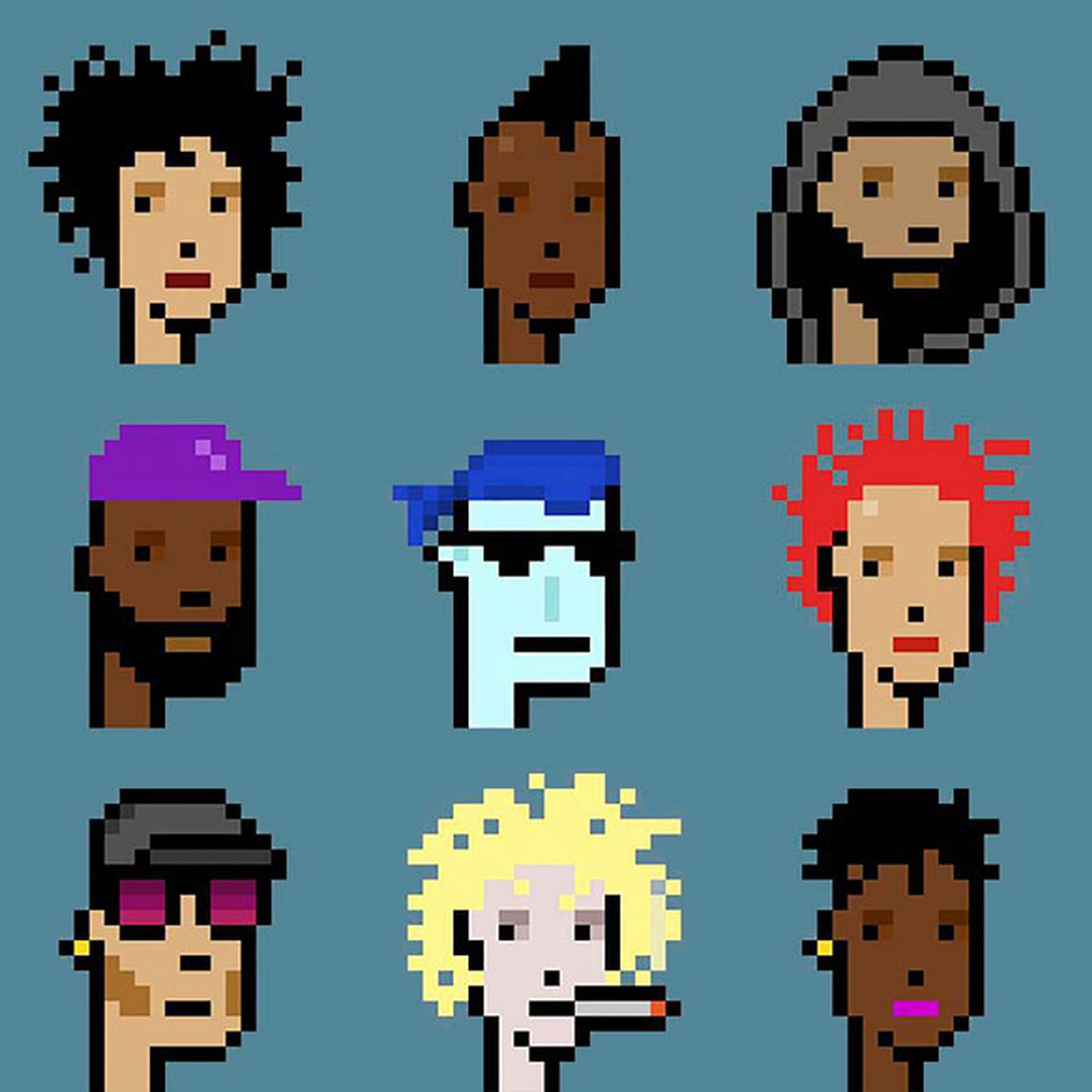
AMA: NFTs (w/ Chris Nunes and Lauren Click) - Boulder Public Library
Before this week’s content, I had no idea what an NFT was. Although this whole concept is still quite confusing in my eyes, I am beginning to see how this culture and digital space can unlock global talent and potential. At this point, my understanding of an NFT is that it’s a “none fundable token” that can of Ethereum value. Ethereum is similar to bitcoin in the sense that the value can change often unlike the US dollar. When an NFT is created and uploaded to a marketplace, the marketplace can turn the art into a token that can be used in the chain block system that Ethereum exists in. The artist will keep the token ID and owns all of its rights, but now the piece of digital art can be sold / interacted with online. When I think of online blockchain accounting legers, I think of fiscally focused transactions. I think it is amazing how artist can upload their NFT’s to marketplaces to not only just be sold, but to be interacted with. To expand on this further, Chris Nunes talked about Pak’s piece of art. This NFT stood out to me because his goal is for his audience to interact and play with digital elements are the art itself. For example, Pak has 7 elements that are meant to be collaborative : The fungible OE part (anybody could buy any part of it), the complexity, the cube, the equilibrium, the builder, the switch, and the pixel. You can earn these parts by either solving one of Pak’s complex puzzles, or having the largest social media following, etc. I think this is really cool because it is almost as if you have worked for part of his art, rather than just buying it. Besides the jellyfish clip in the beginning of this recording, I wish that Chris talked a bit more about his own NFT’s. He mentioned that one of his team’s most recent NFT installations is experienced by holding up your phone and watching the art become augmented digitally. This immediately make me think of my midterm research project on Molly Soda . One of Soda’s installations called “Slide to Expose” works in a very similar way: the phone does the work. Lastly, one of the highlights of this video for me was learning that NFT does not just have to be art. Chris answered a question about this and mentioned that many large finance companies and health care practiced are using NFT as a resource to organize and run their businesses . Although this is a tough concept for me to grasp, the overall idea is incredible, and I can see this culture taking off in the future.
Crypto-Punks explained: 10 things about the first NFTs | Christie's
One of the most notable NFT’s right know is Crypto-Punks. By using relatively simple code , two software developers saw the power in creating thousands of simple characters . By creating 10,000 unique digital individuals, a wave of ownership came about the audience. People wanted to own these characters, and soon, the price of ownership skyrocketed. I predict that the price they are set at now will just continue to rise, and if you own one, you can make promising revenue off of it. It is also interesting to me that the whole idea of art in the form of thousands of smaller projects is so common. Pak and Phillips also explored similar forms in their NFT’s creations by compiling artwork every day for a handful of years into once cohesive piece.

Back to Exploratory Writing landing page here
Back to the index